Living in the shadow of a supervolcano like Yellowstone might sound like something straight out of an apocalyptic thriller, but experts say there are other volcanic hotspots in the U.S. that warrant more immediate attention. These sites, less famous but equally formidable, carry a risk that demands both respect and preparedness. As scientists keep a vigilant eye on these fiery giants, they offer a timely reminder that nature’s power is as awe-inspiring as it is unpredictable. Here are ten volcanoes in the United States that experts believe pose a greater immediate threat than the famed Yellowstone.
1. Mount St. Helens, Washington
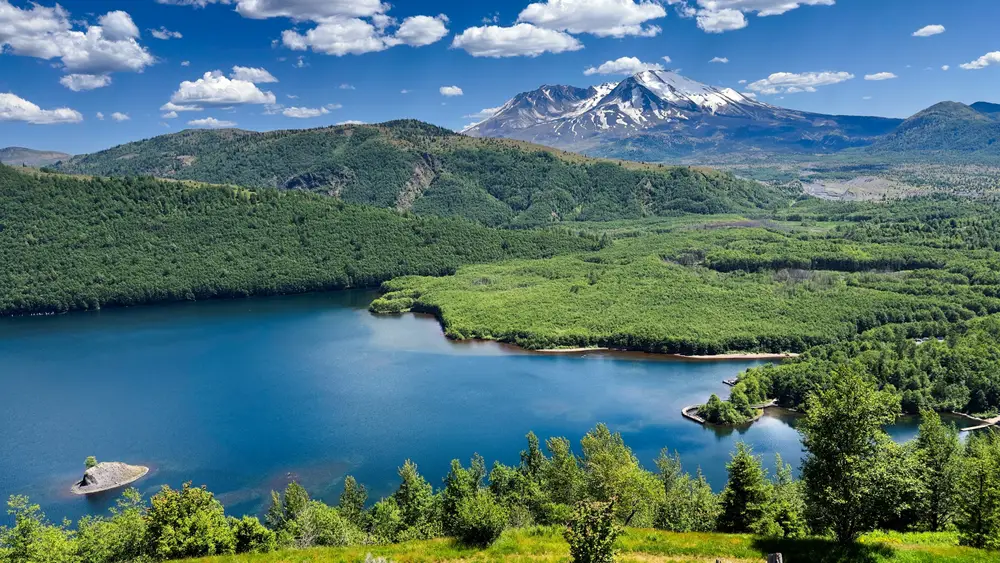
Mount St. Helens, infamous for its catastrophic 1980 eruption, still simmers with activity that keeps volcanologists on their toes. Situated in the Pacific Northwest’s Cascade Range, this volcano is much more active than Yellowstone, with a history of frequent eruptions. Its explosive potential is not just a relic of the past; current seismic activity suggests future eruptions could disrupt nearby communities and ecosystems. A 2020 study by the United States Geological Survey (USGS) highlights the need for continuous monitoring due to the volcano’s dynamic nature and potential for significant eruptions in the coming decades.
You might think of it as a sleeping giant that occasionally stirs, reminding all within range of its latent power. Unlike Yellowstone’s sprawling caldera, Mount St. Helens’ dramatic landscape of craters and lava domes stands as a testament to its volatile past. It’s a place where adventure and caution coexist, drawing hikers and scientists alike. As you explore its trails or delve into its geological history, you’re reminded of nature’s capacity to transform landscapes and lives in an instant.
2. Mount Rainier, Washington
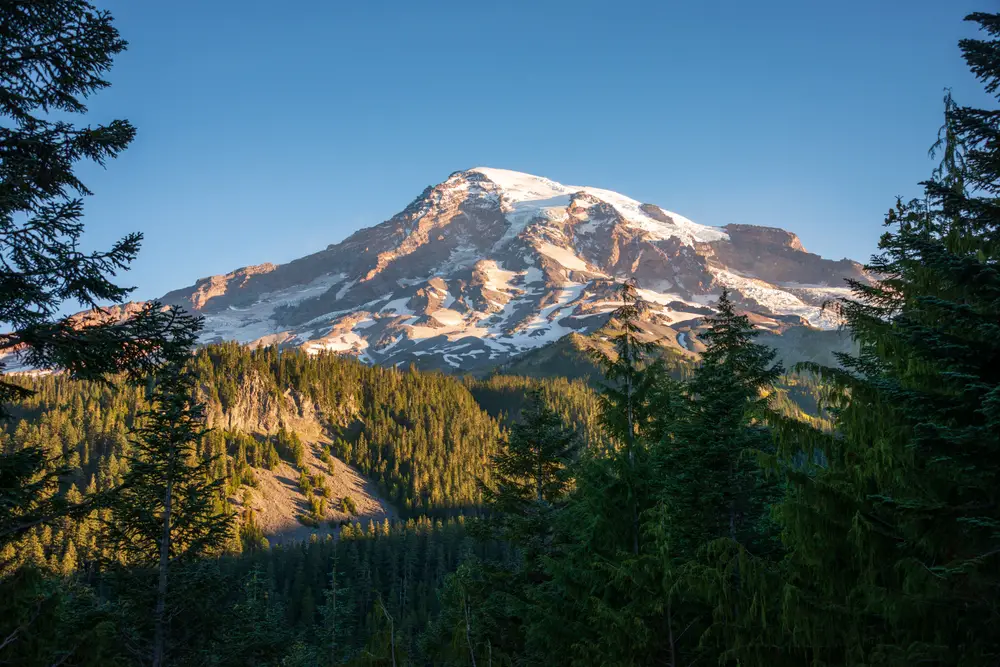
Mount Rainier looms large, not just in the Washington skyline but also in any discussion about volcanic threats in the U.S. Known for its breathtaking glaciers and alpine meadows, this stratovolcano is also notorious for its potential to unleash devastating lahars. These fast-moving volcanic mudflows could impact the densely populated areas downstream, making it a concern for emergency planners. With its history of eruptions and the massive amount of ice capable of melting rapidly, it’s a geological force to be reckoned with.
Hiking Rainier’s trails offers you a glimpse into the intricate beauty and raw power of the natural world. But beyond the picturesque views lies a stark reality: the volcano’s next major event is a matter of when, not if. This duality makes it an intriguing subject for scientists studying volcanic hazards. As you navigate its landscapes, you’re participating in an ongoing dance with nature’s unpredictable might, a reminder of the delicate balance between human habitation and geological unrest.
3. Kilauea, Hawaii
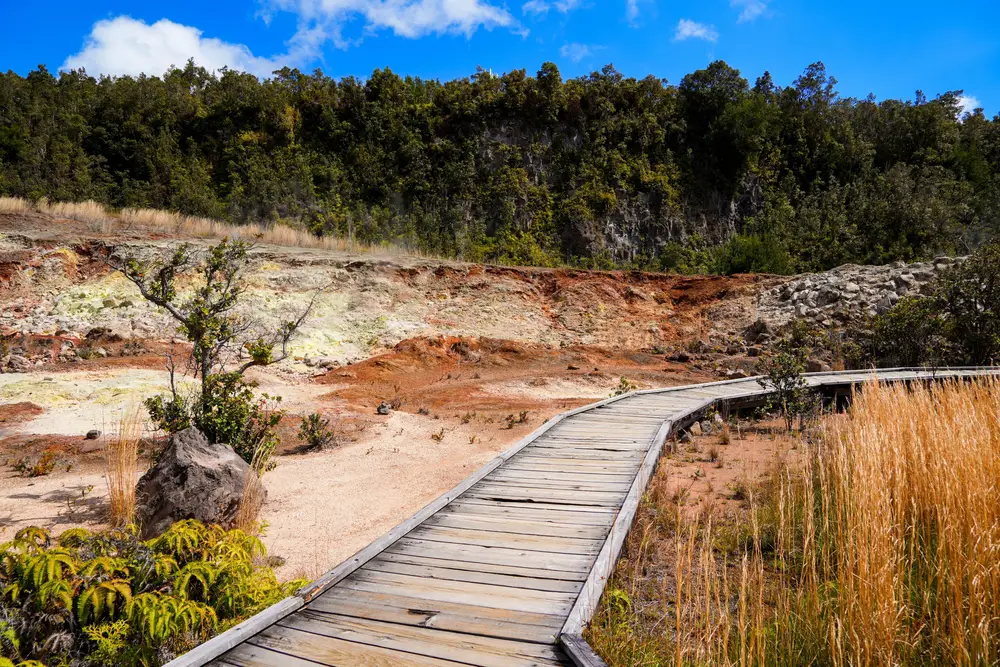
Kilauea is one of the most active volcanoes on Earth, continually shaping the Big Island of Hawaii. While Yellowstone captures imaginations with its supervolcanic status, Kilauea commands respect with its relentless lava flows. A study from the Hawaiian Volcano Observatory reports that its activity, while often non-explosive, can still cause significant damage and displacement. The 2018 eruption proved this point when lava flows destroyed homes and reshaped the island’s landscape dramatically.
Visiting Kilauea offers a unique perspective on how life and land coexist in a state of constant evolution. The national park surrounding it is a living laboratory where you can witness the creation of new Earth in real-time. Yet, as mesmerizing as it is, Kilauea insists on vigilance; its eruptions, while typically less explosive, are a potent reminder of nature’s capacity for change. Walking its trails, you’re enveloped in an otherworldly landscape that challenges your understanding of permanence.
4. Mauna Loa, Hawaii
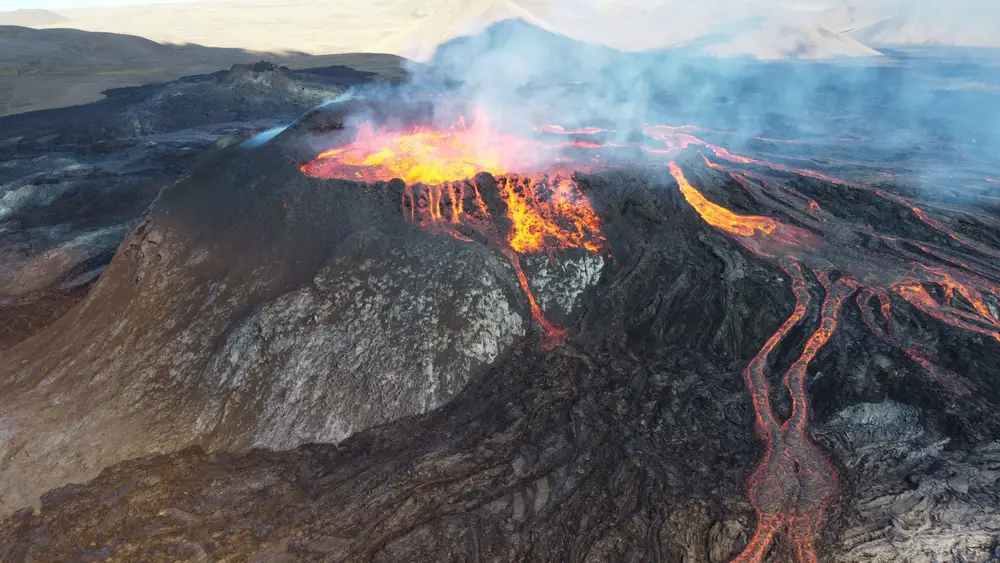
Not far from Kilauea, Mauna Loa commands attention as the world’s largest active volcano. Its size and volume are staggering, and its eruptions are capable of far-reaching impacts, both locally and globally. The volcano last erupted in 1984, but its history of producing immense lava flows keeps it under close watch. Given its potential for large-scale eruptions, Mauna Loa is seen by experts as a high-priority site for monitoring and research.
Your experience of Mauna Loa might start with its sheer scale, but it quickly shifts to understanding the subtle signs of its ongoing activity. The volcano’s vast, sloping profile creates an otherworldly backdrop against which life unfolds in vibrant hues. As you explore, you’re walking on a dynamic landscape that’s continually reshaping itself, a process that demands both curiosity and respect. It’s a place where the enormity of geological time is palpable, a reminder of nature’s enduring cycles.
5. Mount Hood, Oregon
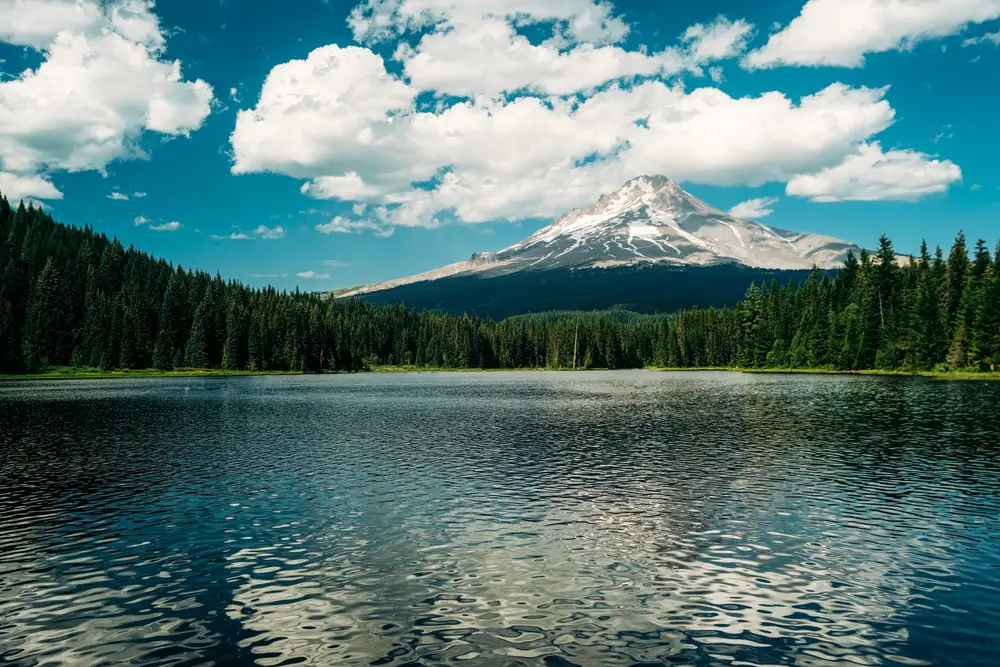
Mount Hood stands as a sentinel over Portland, Oregon, its snow-capped peak a constant presence on the horizon. Yet, beneath its serene exterior lies a history of eruptions that could threaten nearby populations. According to the Cascades Volcano Observatory, Mount Hood last erupted in the late 1700s and remains active with periodic seismic activity that suggests future eruptions are possible. The volcano’s proximity to populated areas makes it a significant concern for regional emergency preparedness.
Exploring Mount Hood offers an opportunity to delve into both natural beauty and potential volatility. The mountain’s ski slopes and hiking trails are beloved recreational spots, drawing people eager to experience its rugged charm. However, the serenity of its forested slopes belies a more tumultuous potential. As you navigate its trails, you become part of a story that underscores the dynamic interplay between human life and natural forces.
6. Lassen Peak, California
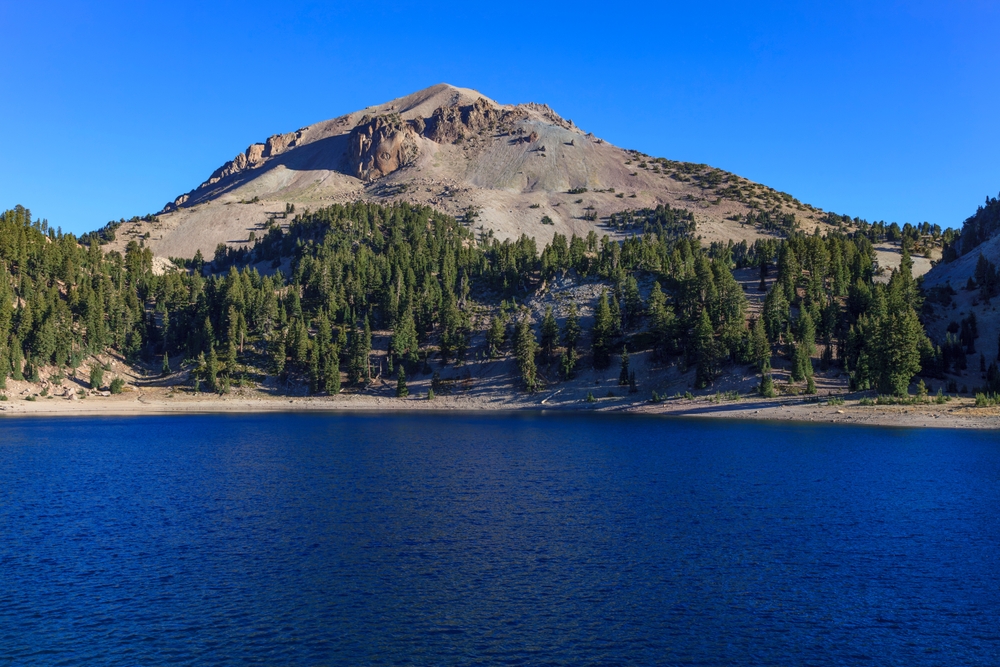
Lassen Peak, nestled in the southernmost part of the Cascade Range, is a volcanic marvel with a dramatic past. Its last series of eruptions spanned from 1914 to 1921, a period well-documented for its explosive activity. Today, Lassen Volcanic National Park offers you a glimpse into an otherworldly landscape shaped by these forces, complete with steaming fumaroles and bubbling mud pots. While often overshadowed by its northern neighbors, Lassen Peak remains a volcano to watch, with geologists keeping an eye on its activity.
Your journey through Lassen Volcanic National Park is a study in contrasts, where heat meets ice in an ongoing geological dialogue. The park’s landscapes invite exploration, from its serene lakes to its rugged volcanic features. Each visit offers a renewed understanding of the dynamic processes that continue to shape the Earth beneath your feet. Being in Lassen’s vicinity is both a privilege and a reminder of the planet’s powerful and unpredictable nature.
7. Three Sisters, Oregon
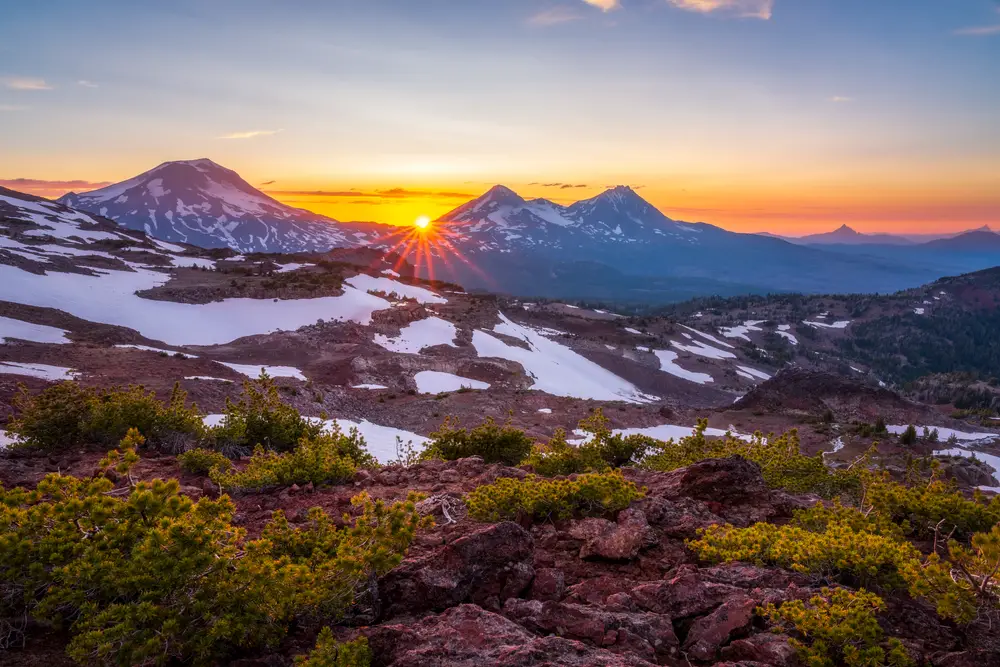
The Three Sisters are a trio of volcanic peaks in central Oregon, each with a distinct personality and potential threat level. While currently dormant, the South Sister has shown signs of uplift, hinting at magma movement beneath the surface. According to research conducted by the USGS, this ongoing deformation suggests a need for continued monitoring as it could precede future volcanic activity. These peaks, part of the Cascade Range, serve as a reminder of the region’s active volcanic heritage.
Exploring the area around the Three Sisters offers you a chance to experience nature’s artistry in full display. The rugged trails and alpine vistas create a sense of awe, drawing adventurers and scientists alike. Yet, beneath the beauty lies a complexity that demands respect for the forces at play. As you traverse this landscape, you’re reminded of the delicate balance between enjoying nature’s wonders and acknowledging its inherent risks.
8. Long Valley Caldera, California
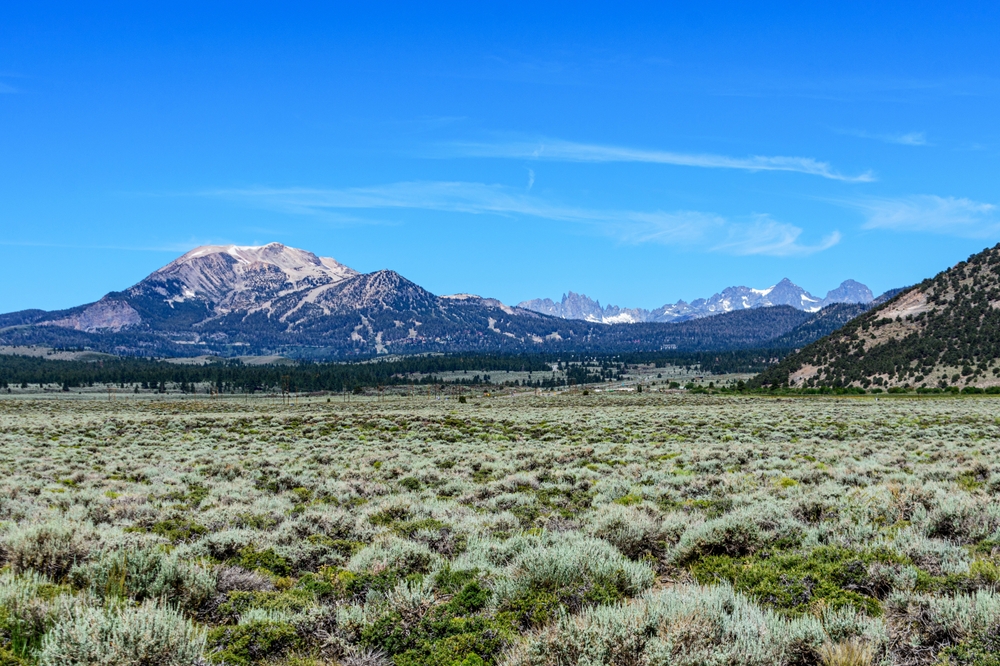
The Long Valley Caldera, not far from the more famous Yosemite, is a volcanic depression formed by a massive eruption over 760,000 years ago. Its ongoing seismic activity and ground deformation suggest it’s far from a dormant feature. The caldera holds a vast geothermal system, indicative of the magmatic processes still occurring beneath the surface. This activity makes it a vital area for research, as scientists seek to understand the implications of its simmering potential.
Your visit to Long Valley immerses you in a landscape where past cataclysms meet present-day serenity. The region’s hot springs and unique geological features are testaments to its fiery origins. It’s a place that invites curiosity while urging caution, where you can witness the subtle signs of a dynamic Earth. Exploring its expanse, you’re reminded that beneath the surface lies an intricate web of forces shaping the land in often unseen ways.
9. Mount Shasta, California
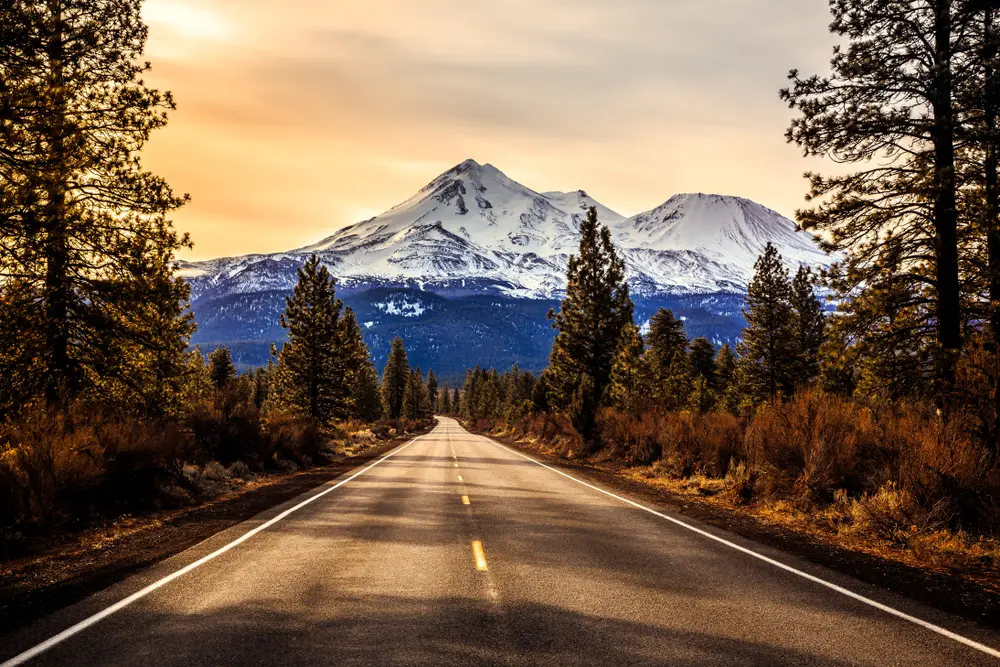
Mount Shasta, a striking presence in Northern California, is not just a spiritual symbol but also a geological powerhouse. Its historically active nature and potential for future eruptions place it high on the list of volcanoes to watch. The mountain’s imposing silhouette belies a complex system of volcanic vents and domes, each contributing to its potential for renewed activity. While currently quiet, its past suggests an ability to awaken with dramatic consequences.
As you stand in Mount Shasta’s shadow, the mountain’s majesty is matched only by its latent might. The surrounding forests and meadows create a scenic paradise, inviting you to explore and discover. Yet, this tranquility is tempered by the knowledge of what lies beneath, a stark reminder of nature’s unpredictable temperament. Hiking around Shasta, you’re part of a narrative that spans millennia, where each step connects you to a powerful geological story.
10. Mount Baker, Washington
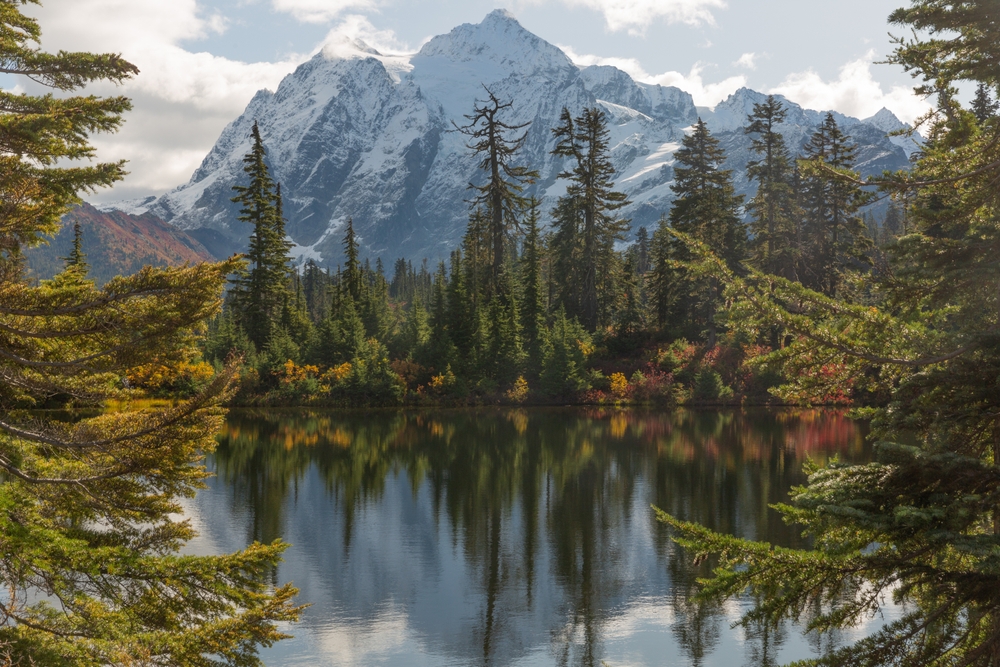
Mount Baker, part of Washington’s Cascade Range, is renowned for its snow-capped elegance and recreational opportunities. However, its active geothermal system and history of eruptions make it a volcano that warrants respect and monitoring. The USGS keeps a close eye on this mountain, where increased seismic activity could signal future unrest. The potential for lahars and pyroclastic flows makes Mount Baker a significant concern for nearby communities.
Visiting Mount Baker is like stepping into a natural wonderland, where the beauty of its glaciers and forests invites exploration. Yet, as you traverse its slopes, you’re reminded of the underlying forces that have sculpted this remarkable landscape. The mountain’s dual nature captures the imagination, where the allure of adventure meets the reality of geological volatility. It’s a place where you can marvel at nature’s grandeur while acknowledging the power that lies beneath.
